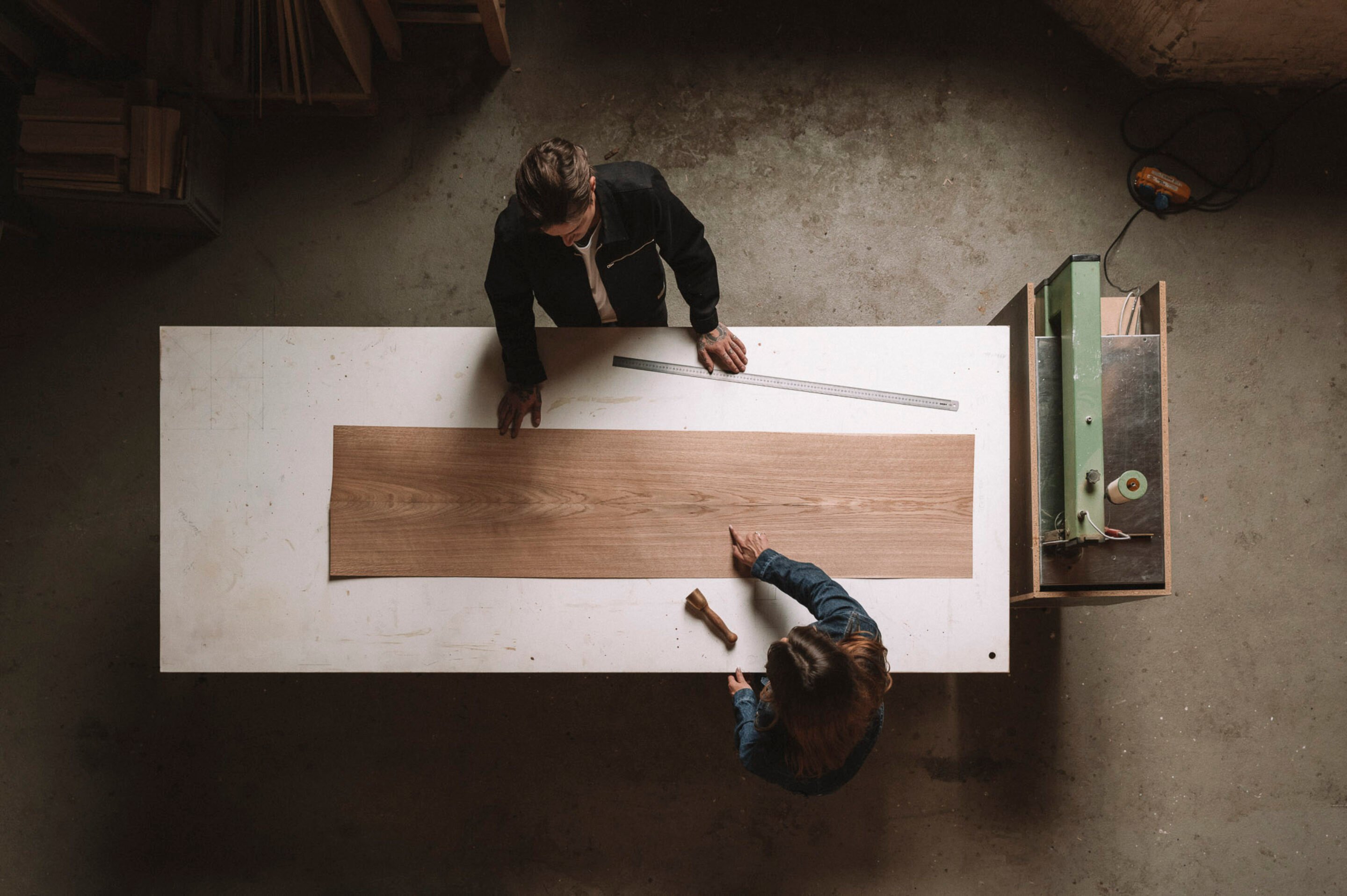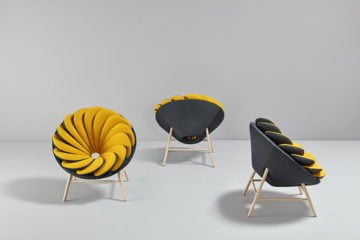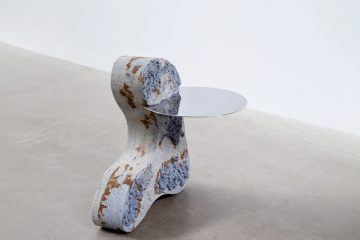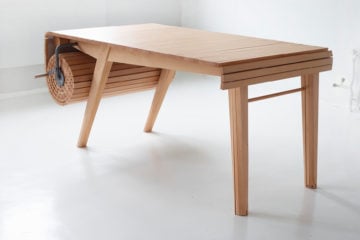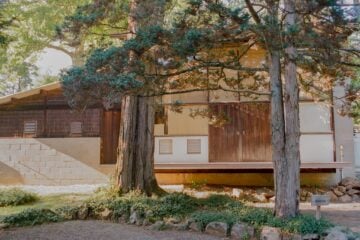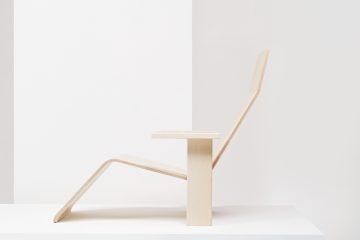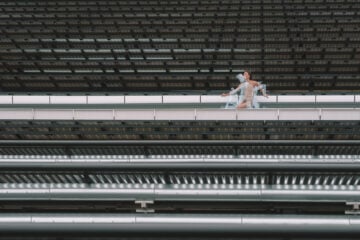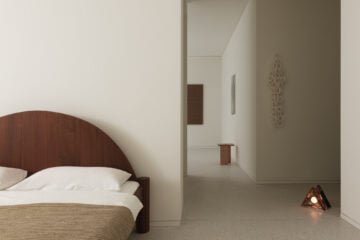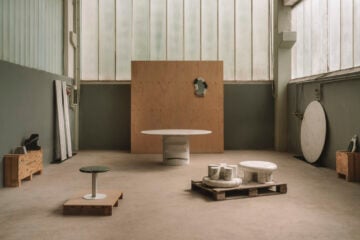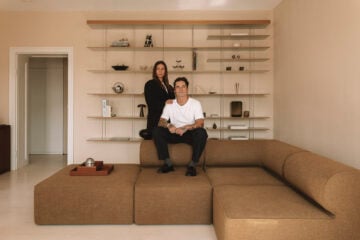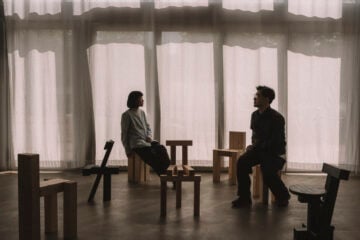
KARST: The New Craft of Space
- Name
- KARST
- Images
- Clemens Poloczek
- Words
- Anna Dorothea Ker
The craft of KARST reveals itself first in a feeling. An ambience of warmth, polish and clarity. A closer look at—and feel of—the Berlin carpentry studio’s interior joinery and custom furniture reveals the details that build toward this impression.
Taut lines, finely grained timber, balanced proportions, soft curves, immaculate finishes. The signature elements of the rooms and objects by master carpenter Julien Budnik and interior designer Ricarda Sophie Lorenz may be subtle on their own, yet together they create an atmosphere of unmistakable resonance. Ignant visited the ascendant duo in their Lichtenberg workshop, and later in their ever-evolving Prenzlauer Berg apartment, which remains their most compelling calling card.
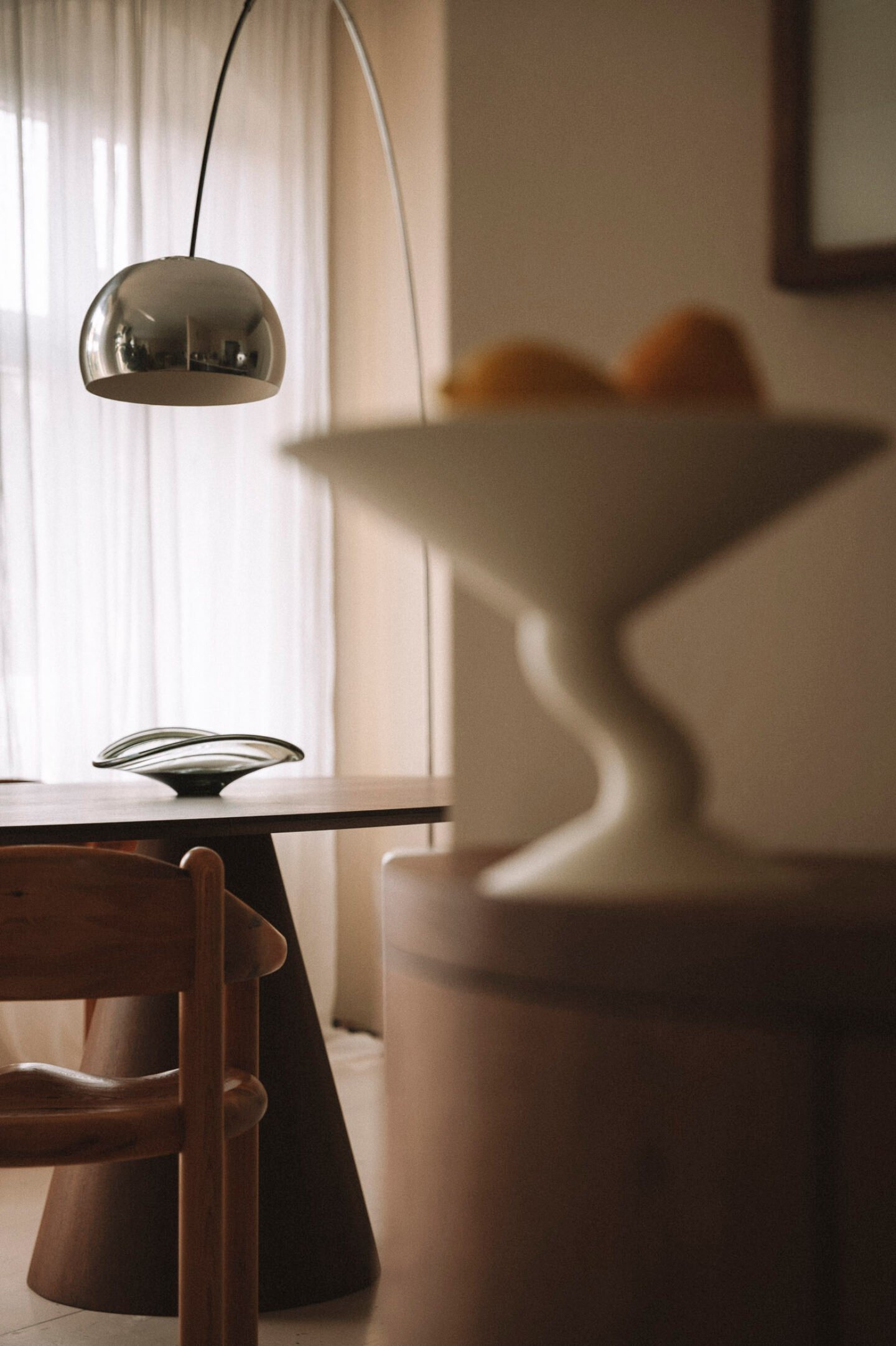
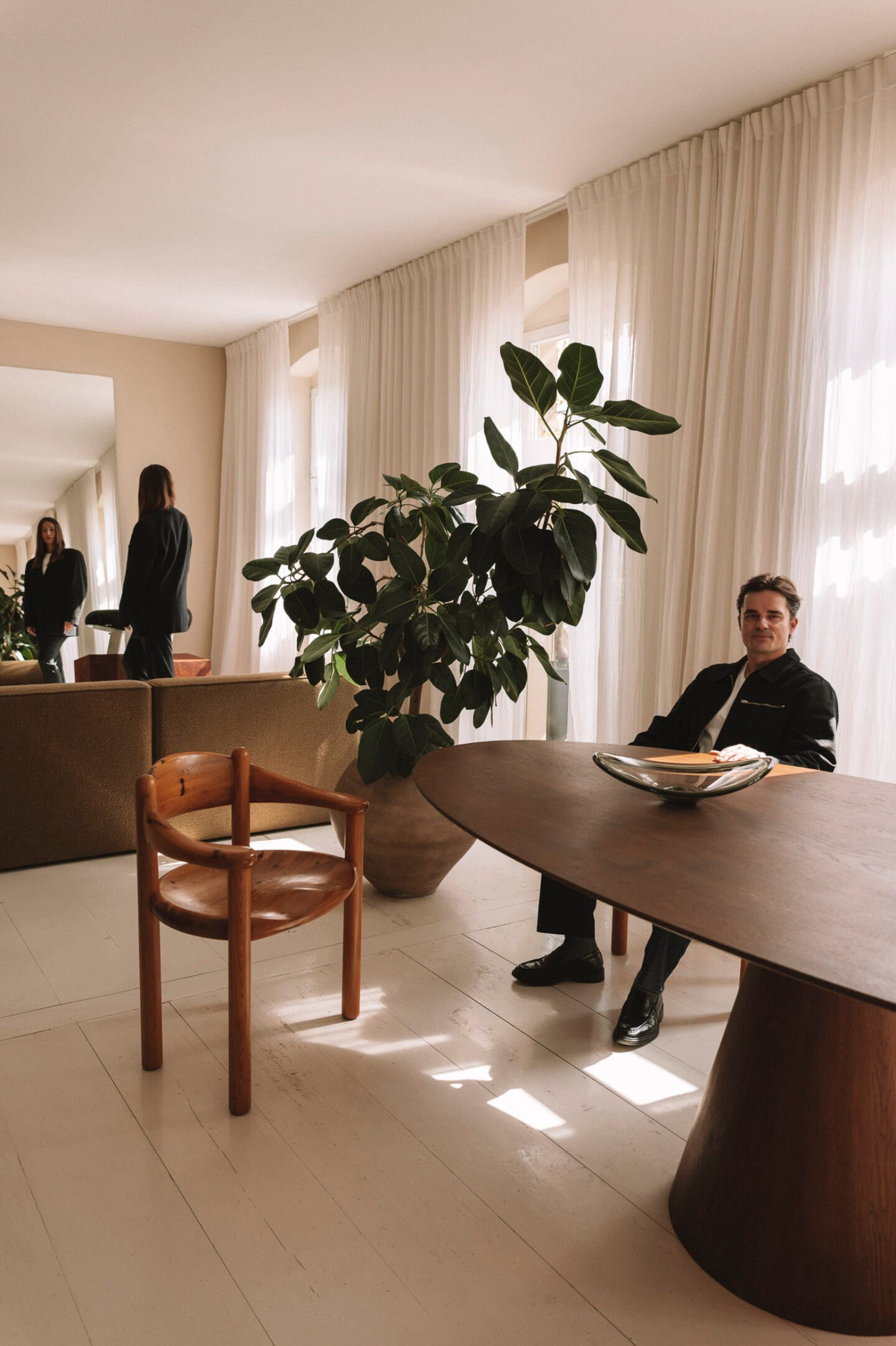
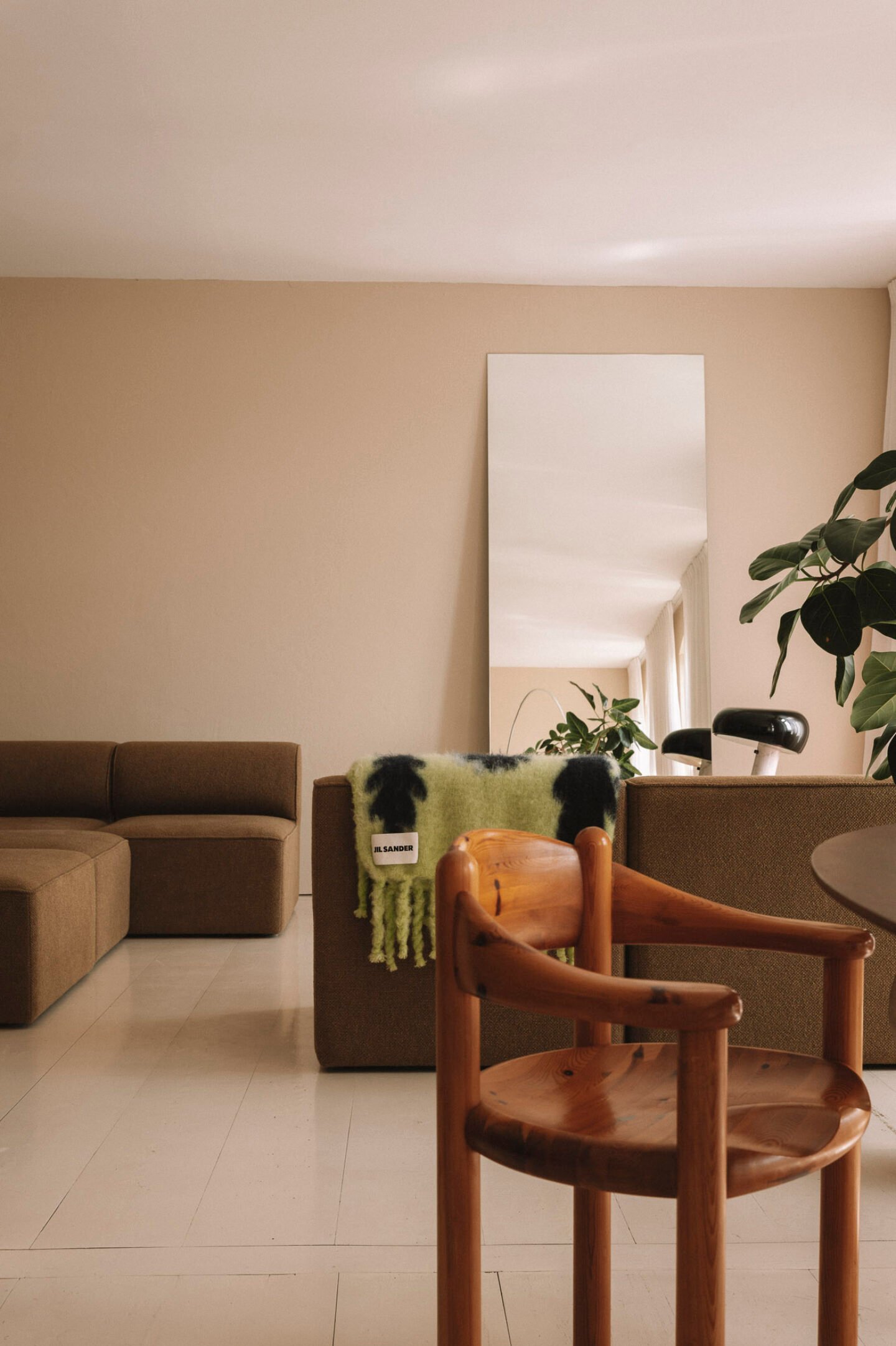
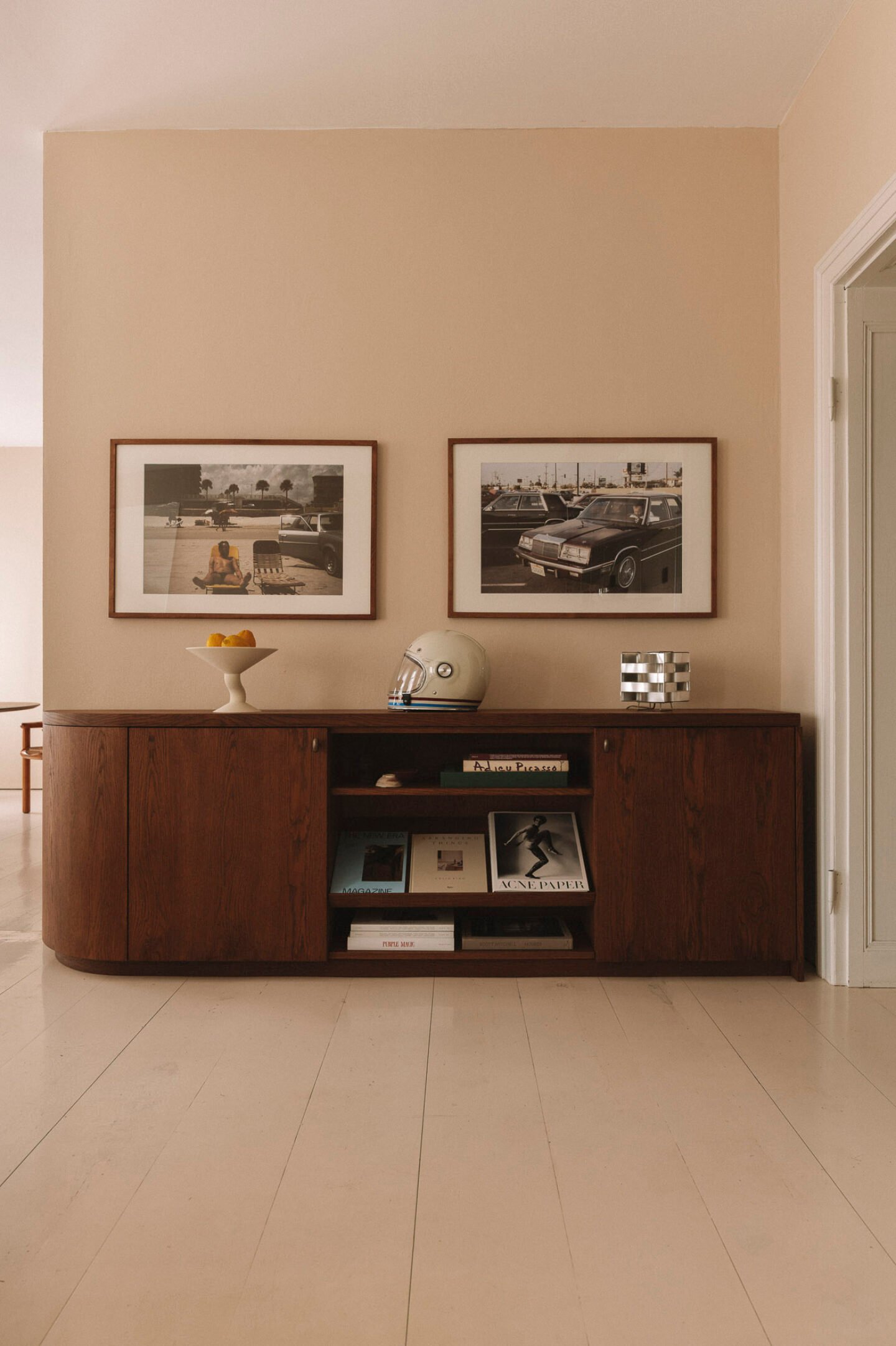
Origins
A union of design nous and technical mastery, KARST—a portmanteau of ‘carpentry’, updated with a ‘K’, and ‘studio’—emerged as a natural alignment between the partners in work and life. Budnik, a master carpenter with over sixteen years of experience, refined his skills in traditional joinery and veneering. Lorenz’s background in fashion gave her a sharp eye for materials, proportion, and color. While she was still working in the industry, their weekend collaborations on furniture and installations for their Berlin apartment gradually made them realize they wanted to formalize their practice, combining Lorenz’s design acumen with Budnik’s technical knowledge. “Over time, it evolved into a symbiosis,” Lorenz reflects.
“It was never our goal to be a traditional woodshop,” Budnik adds. “We wanted to redefine craft—to connect it with a distinct design sensibility. It’s important for us that clients trust us to think creatively and add our own unique impulses to their projects.” Offering an in-house service from initial concept through to installation—“a complete, unified aesthetic”—allowed them to raise the bar for consistency and precision, bridging a longstanding industry gap between design vision and the quality of its execution.
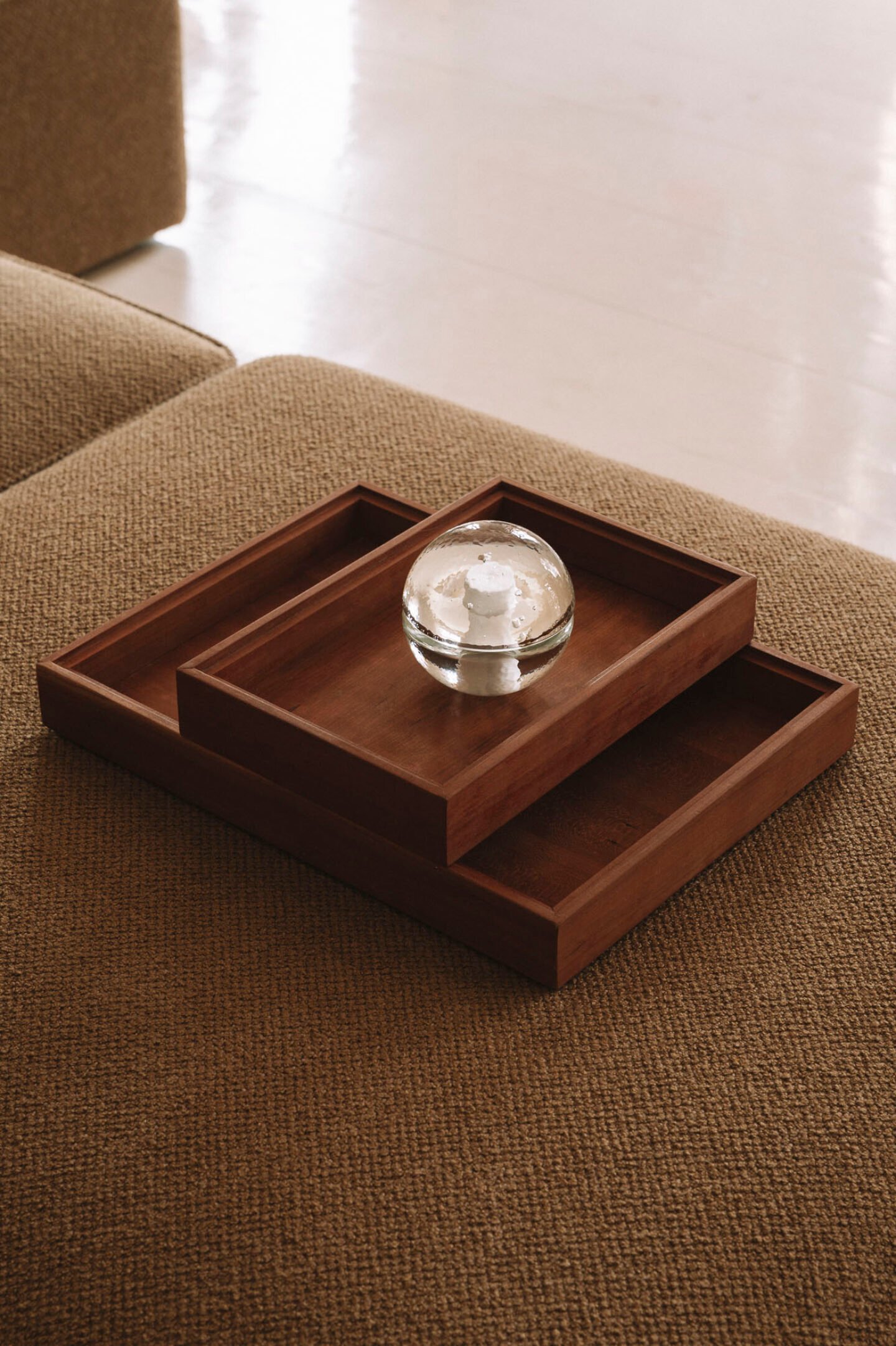

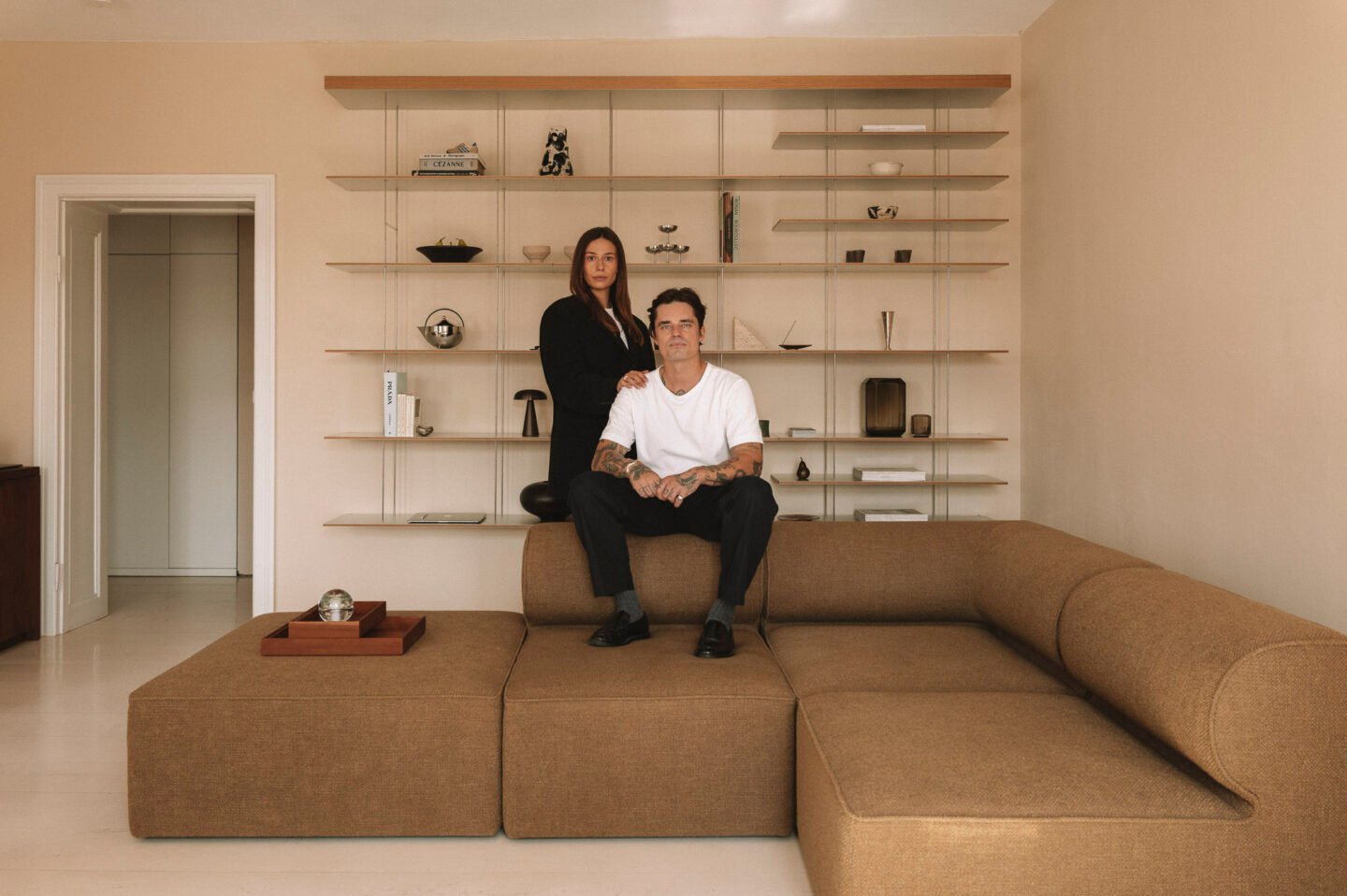
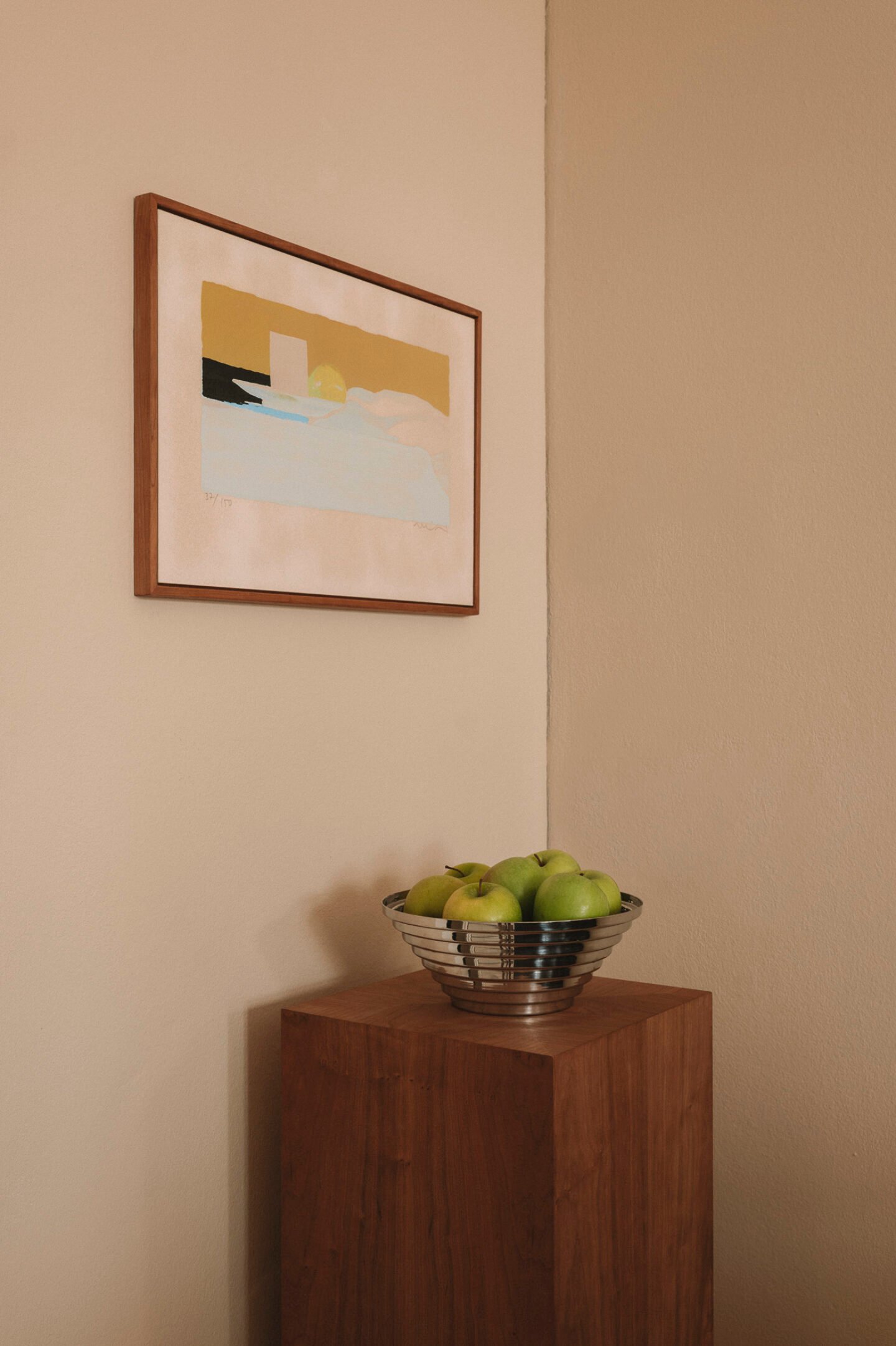

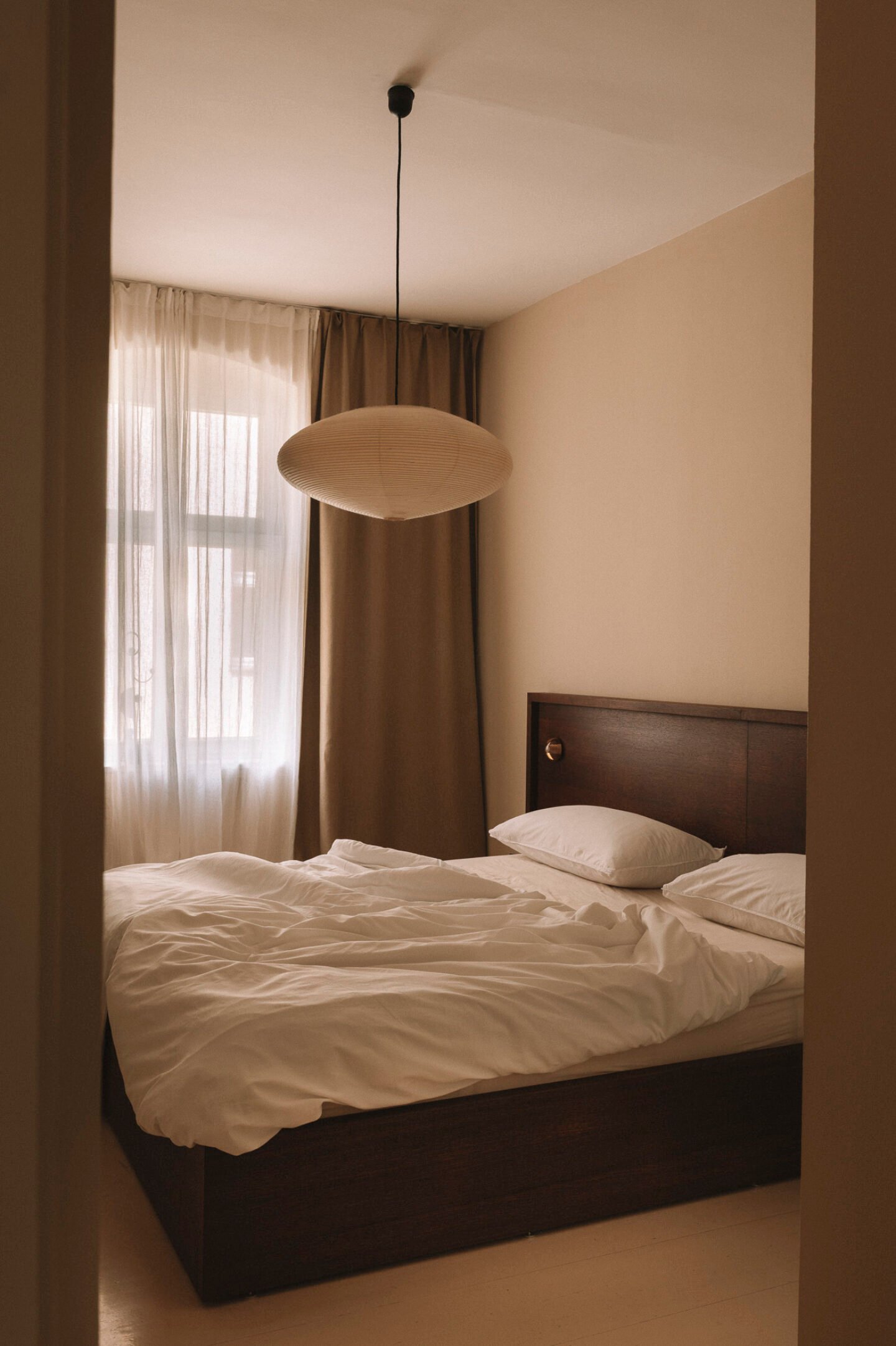
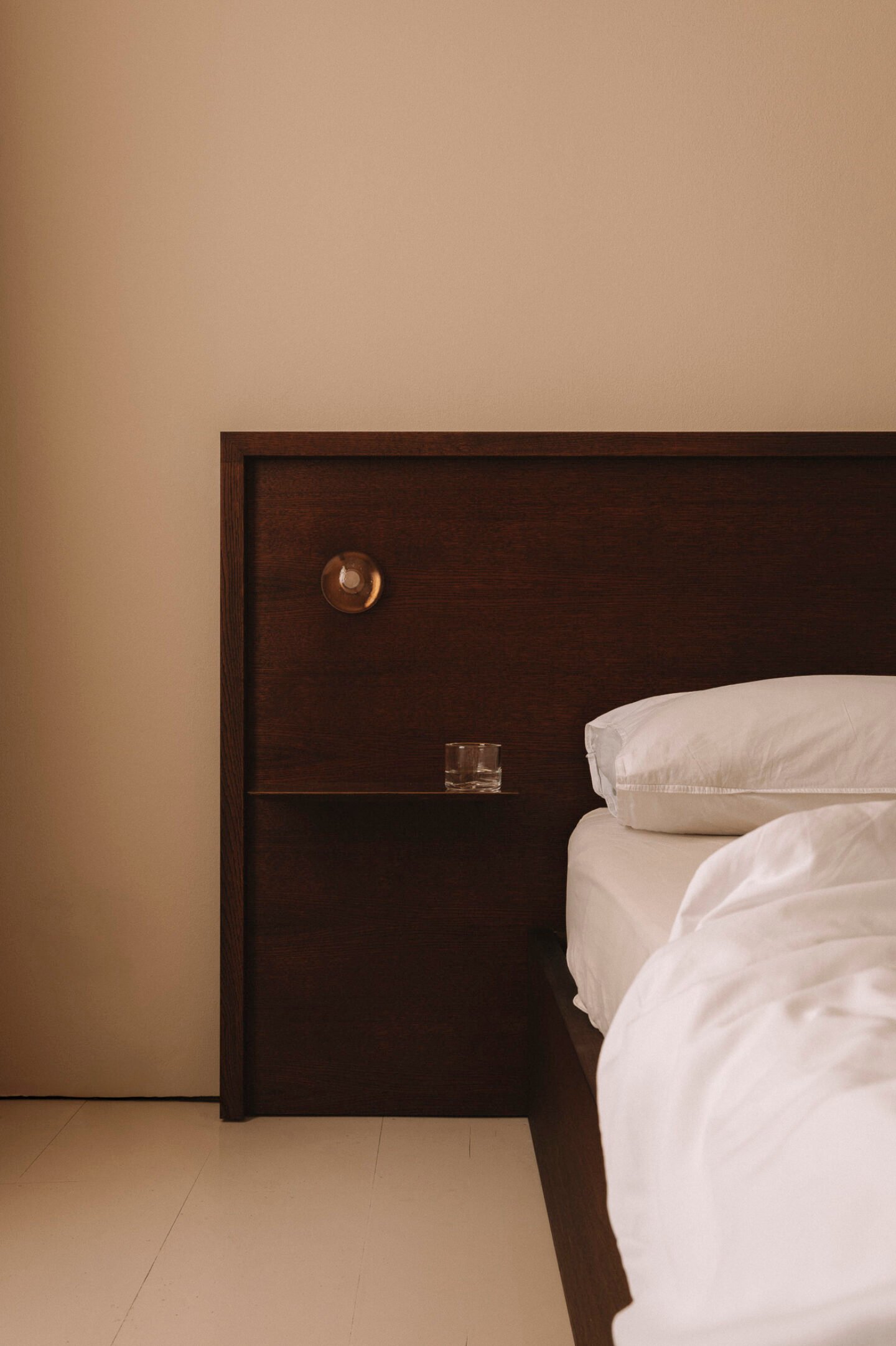
Materials and Method
Every KARST project begins with the space itself—its history, orientation, proportions and atmosphere. Briefs might come from architects or directly from clients, whose habits and preferences the duo make a point of learning. They welcome clients’ ideas. “Together, we refine and shape those ideas into something unique. It’s perfect when a client knows what kind of wood they like, and has a sense of the direction they want to go,” Lorenz says. A shared respect for craftsmanship makes for the most rewarding partnerships, she adds, citing appreciation for clients who “take joy in details like veneer, a curve, or a door.”
One such relationship is with Berlin architects Studio Mara, led by Mirjam Danke and Olaf Schulz, which has since developed into an ongoing partnership. Asked to design the kitchen for their studio and showroom in Mitte, KARST introduced warm oak with curved recessed handles, offset by a counter in polished stone, reflecting Studio Mara’s spatial clarity. “It was there that Julien’s talent became really visible,” Lorenz notes, “the veneering, the doors, the technical execution.”
Here, as in all KARST projects, the design concept was built around materiality. At the core of each palette is carefully selected wood. Budnik favors oak, cherry, and ash for their grain, structure, and natural character—unless knots and irregularities are part of the vision. Environmental responsibility is central. Budnik sources from FSC-certified, deforestation-free suppliers with whom the couple maintain long-standing relationships.
Rather than sourcing raw materials in bulk, KARST acquires what each project specifically requires. “Julien regularly explores lumberyards to select veneer sheets by hand,” Lorenz says. This enables them to personally ensure provenance, quality, and sustainability, “ensuring that the trees grow for many years before being harvested,” as Budnik explains. Every piece is treated, joined, and finished in their Lichtenberg workshop. “On entering, you’re hit with the smell of wood and oils, the buzz of machines and tools,” Lorenz describes. “When the sun shines, the light floods in beautifully. The atmosphere is very special.”
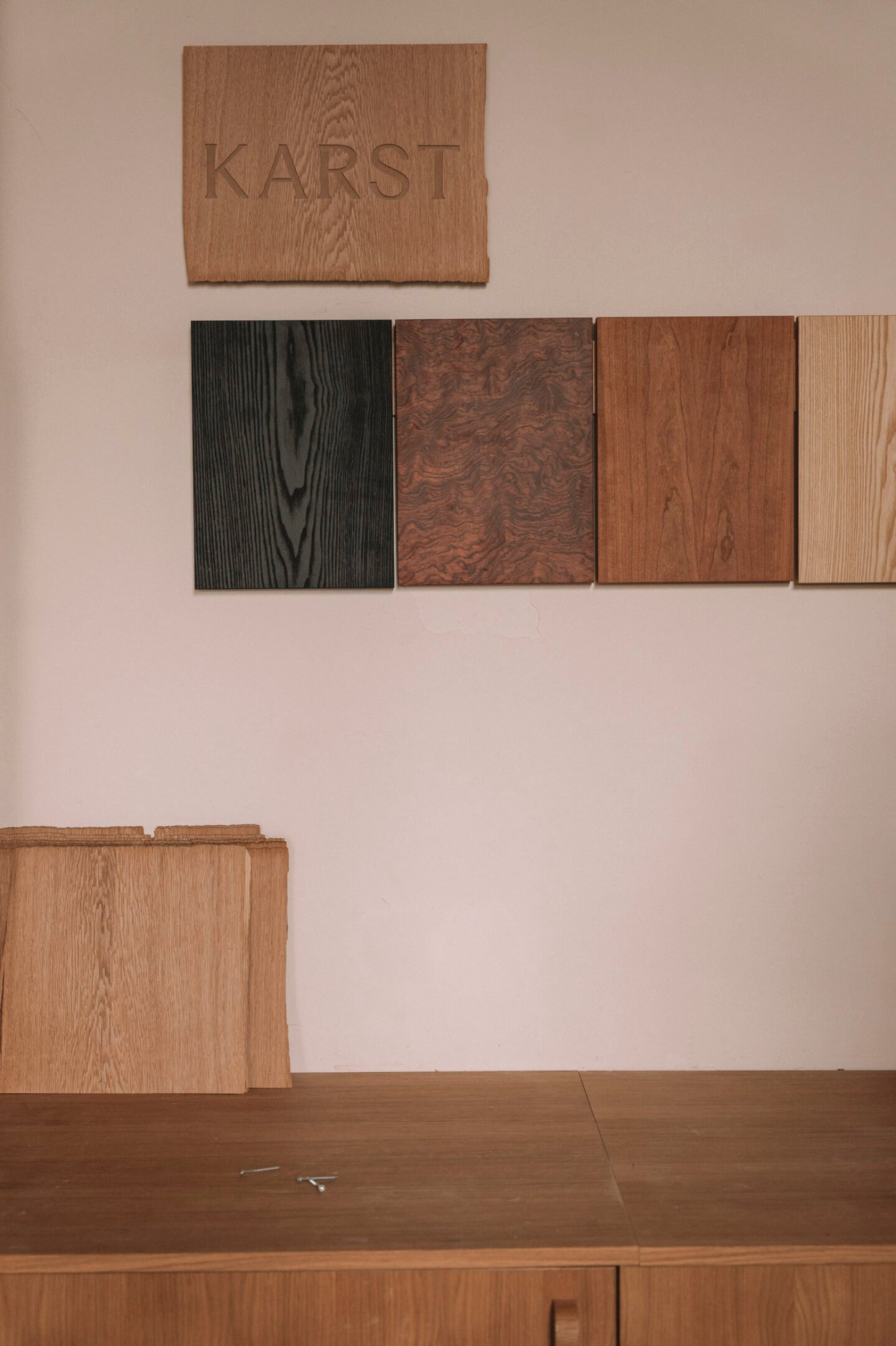
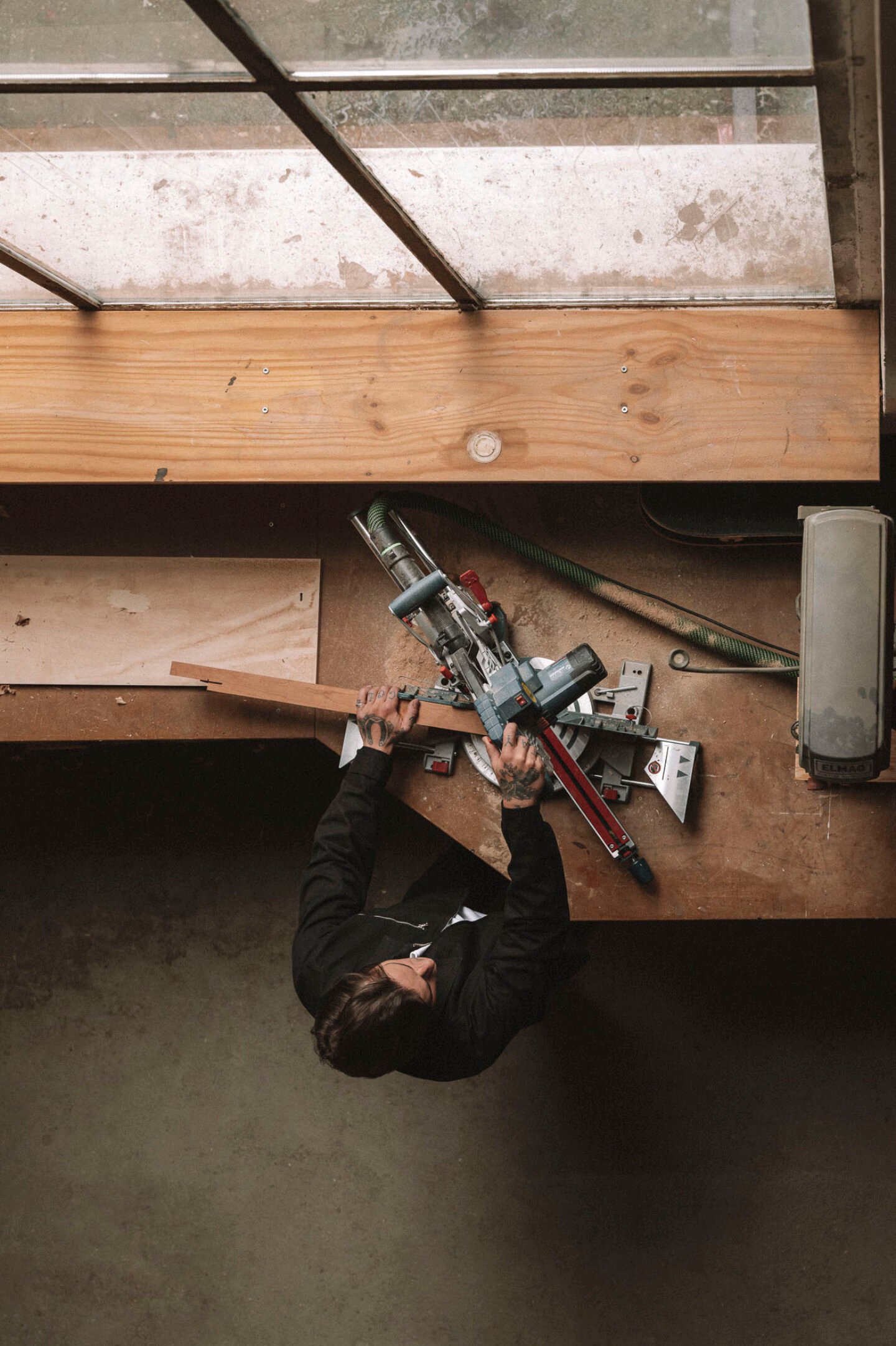
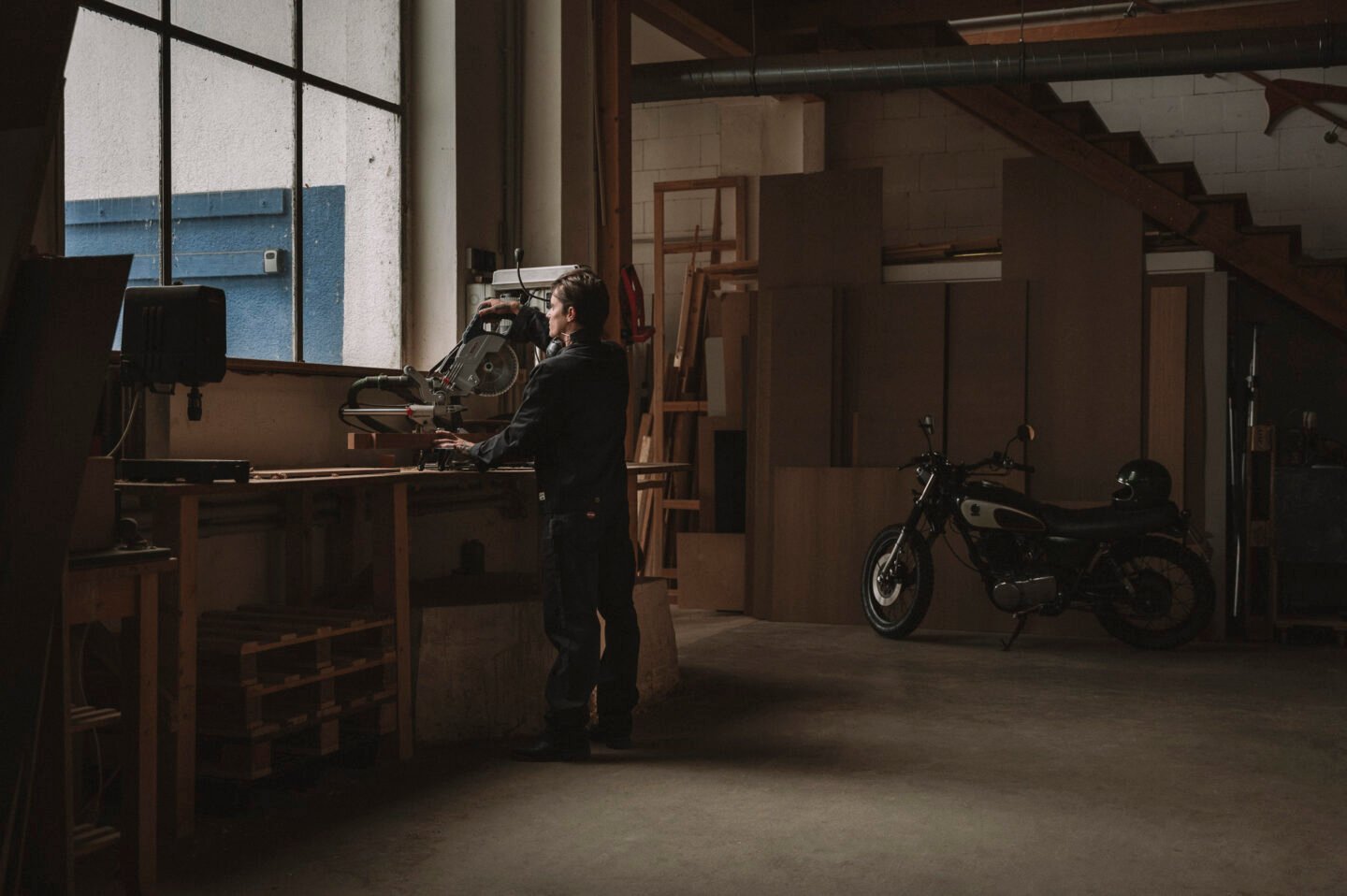


Shaping Character
With materials selected, each piece gains its form and texture through Budnik’s technical skill. Mastery of veneering—often combined with stone, metal, marble, and glass—is a signature strength. “Many people forget how much work goes into something like a veneered door,” Lorenz says. “Cutting the sheets, selecting the veneer, stitching it, gluing to the panel, sanding, oiling, drying, assembling, disassembling, finishing—there are dozens of steps for one element.” Sophisticated joinery, grip variations, and rounded edges are among Budnik’s favorite techniques, all of which contribute to the overall design concept led by Lorenz.
Having enjoyed designing and composing rooms since childhood, Lorenz’s design approach is intuitive—“a way of expressing my love for forms, objects, ceramics, materials,” she says. Drawing on many references, her spatial compositions come together through texture and tone. “I wouldn’t say I follow one tradition,” she reflects, “not strictly mid-century, not strictly Nordic, not strictly Italian. I like taking elements from each and letting them interact.” Light, both natural and artificial, is treated as a material in its own right. She calls it an obsession. “I’m always adjusting the mood with lamps—Julien says I should be called Lorenz Leuchten [Lights],” she laughs.
Spaces carrying KARST’s signature balance structure with softness. Lines remain clear yet pliant.
“There need to be curves, breaks, surprises,” she says. “I like to inflect a purist design language with extravagant details. I’m drawn to lived-in touches, things with history and eccentricity—a sculptural light, ceramic bowls, unique handmade pieces. I enjoy building new dynamics around vintage objects, too. Simply placing a new chair or a light can shift the whole energy of the room.” Warmth is central, often created through earth tones that echo the shades of wood, sometimes offset with a jolt of color. “I love building layers through textures, from flooring to soft furnishings,” she notes. “Contrast is everything—woven, velvet, raw, polished. That’s where warmth comes from.”
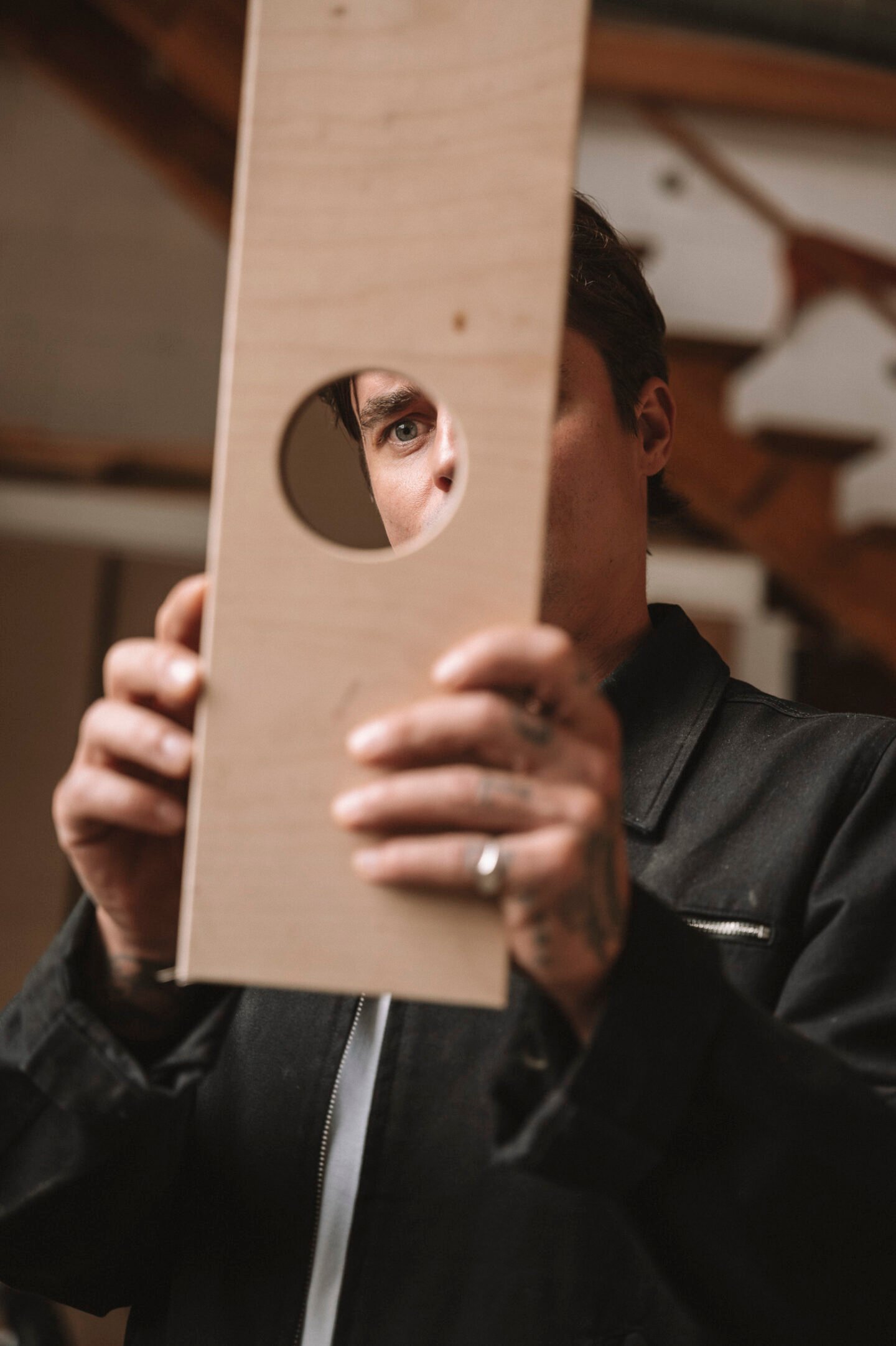

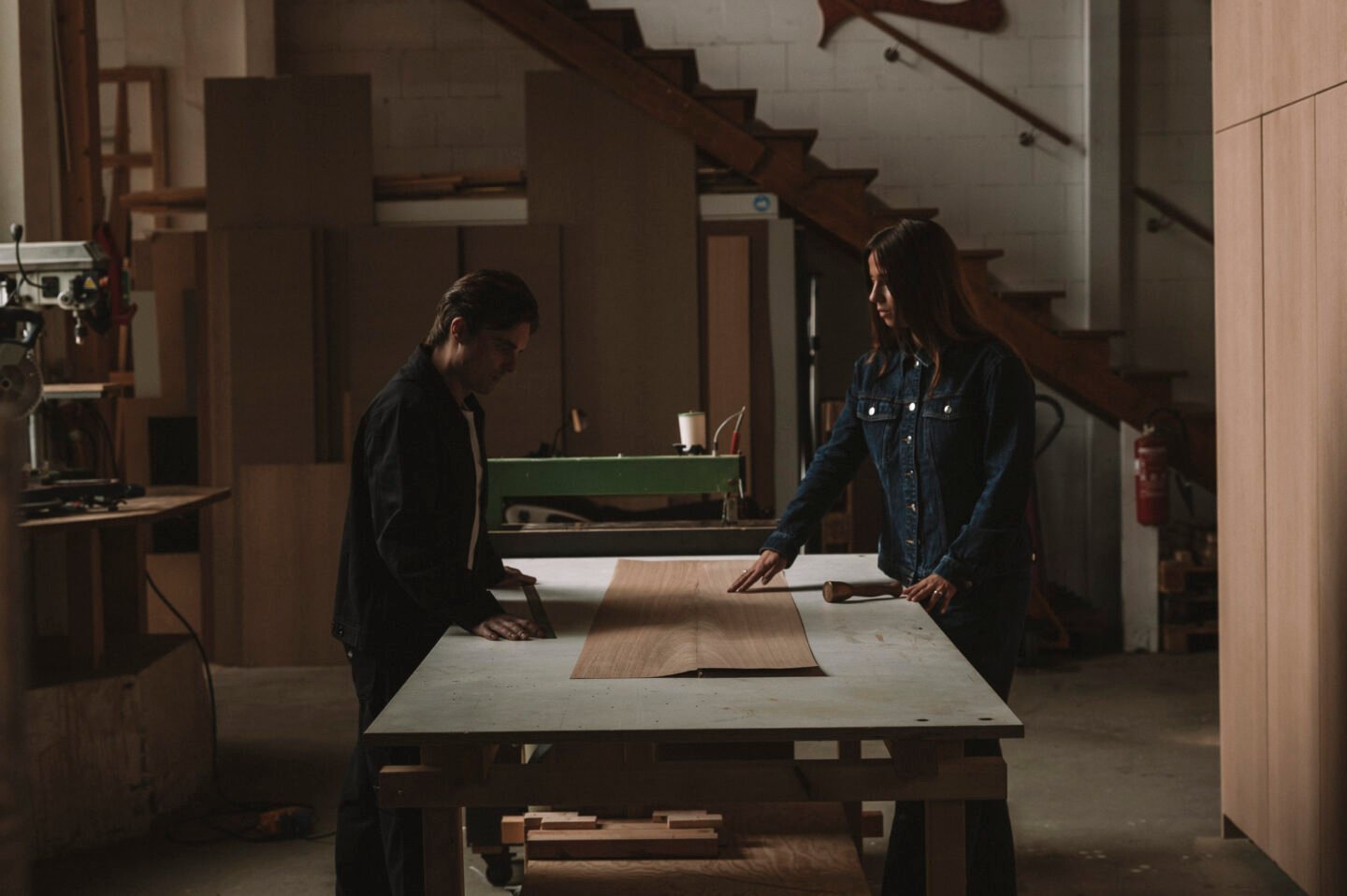
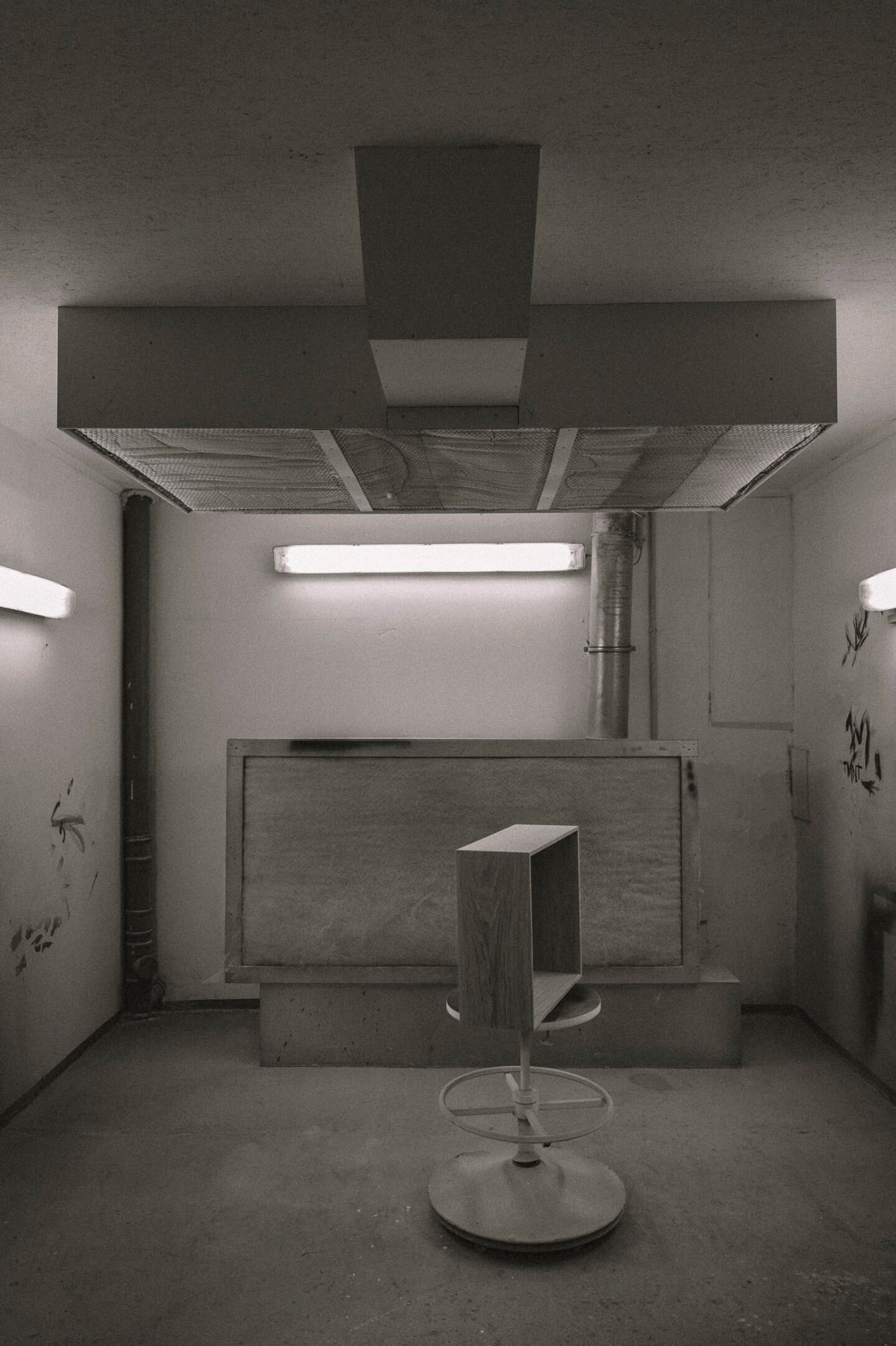

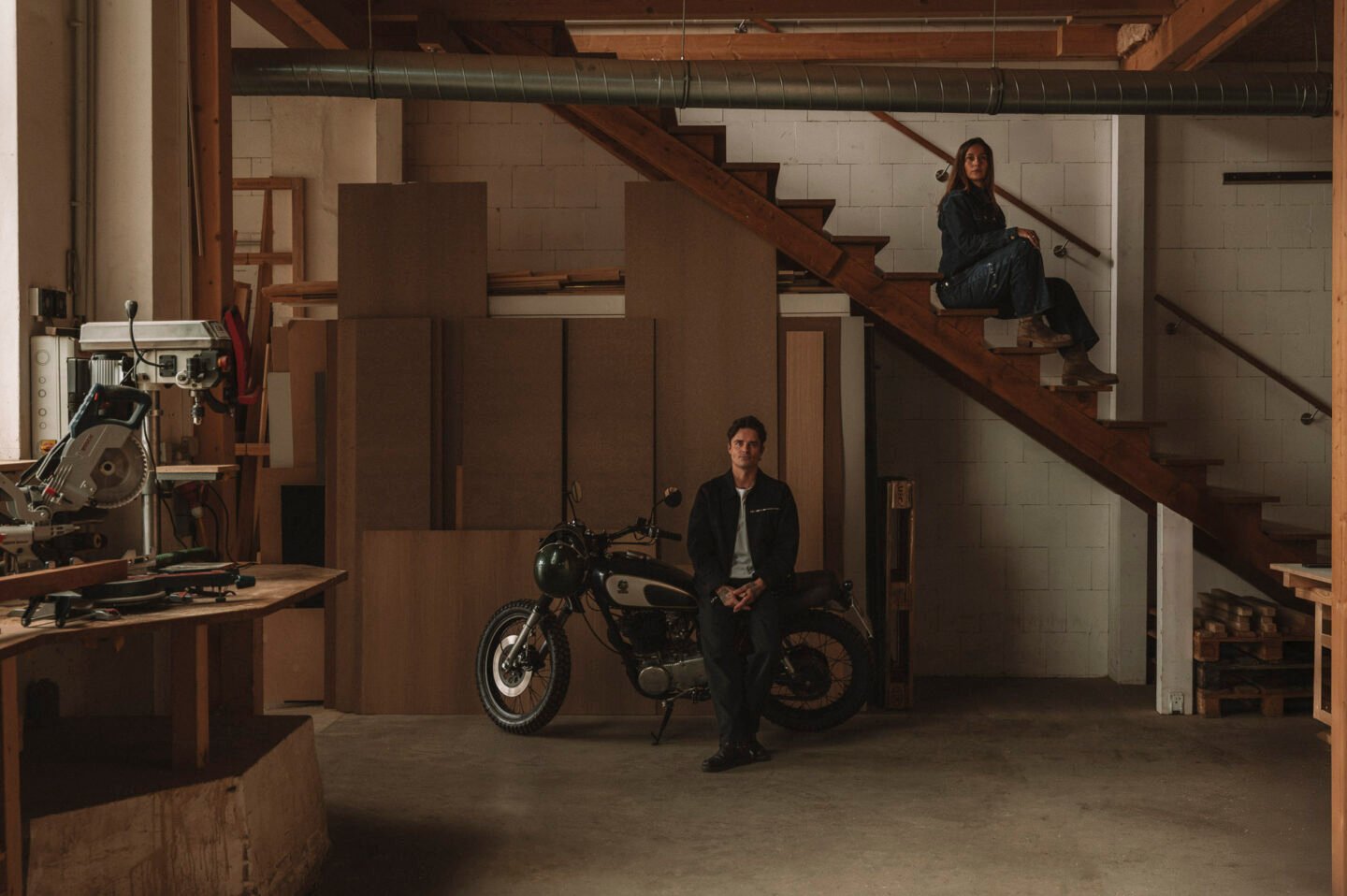
Expansions
While interiors form the majority of their practice, KARST also creates furniture—an offering that’s set to expand. Custom pieces, from tables to bed frames, are frequently integrated into projects, while clients also commission stand-alone works. Details of buildings around the city often spark new ideas for forms and proportions, which in turn reflect an architectural character. Lorenz cites Mies van der Rohe’s Farnsworth House as a lasting reference. “The clarity, the light, the sense of weightlessness—even in photos, it moves something in me,” she says.
Whether designing a kitchen, a bedroom, or a bespoke piece of furniture, the couple’s shared understanding lends each project its harmony. “Carpentry at this level demands carrying the vision from beginning to end, with dedication and patience,” Lorenz shares. “I know how exhausting Julien’s work is, so I try to balance that, to be a counterpoint so he can continue with strength.” His specialist knowledge and calm presence equally ground her design process. “His knowledge helps turn my ideas into reality—knowing what’s possible, what’s realistic, and what takes time,” she says. “It becomes a shared process. His precision meets my instinct.” Their personal and professional lives intersect on several planes. “Even in our free time, interiors are present—in Berlin, in galleries, while travelling. Weaving it into our partnership is natural.”
With their aim to create “cabinetry and furniture with ambition”, the studio finds itself in a phase of discerning growth. Word of mouth within Berlin steadily extends their reputation, in step with their plans. Alongside an expanded furniture collection, they look to move into cafés and restaurants—“spaces with more theatricality”—as well as international projects. As the studio evolves, their work stays true to the values that define the unique presence of their craft. “Ultimately, our aim is to create spaces that people enjoy being in,” Budnik says. “Places with their own spirit.”
Images © Clemens Poloczek | Text: Anna Dorothea Ker


